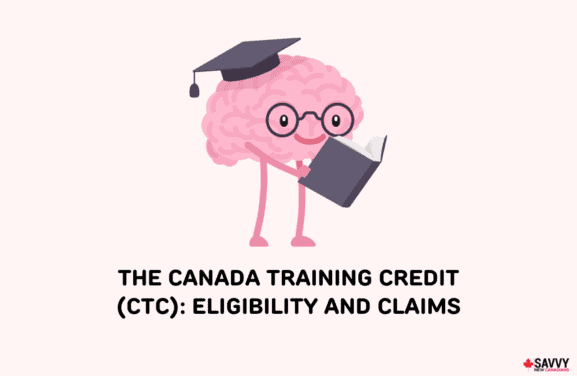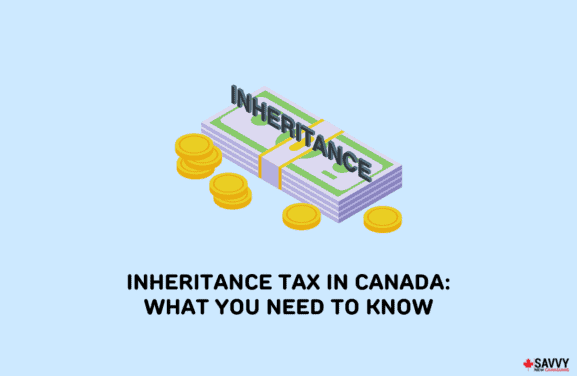Key Takeaways
- If you paid too much in income taxes or qualify for tax credits that lower your taxes, the CRA may reassess and give you a tax refund denoted as Canada RIT/RIF.
- Canada RIT may occur within a day to two weeks after filing your tax online, but there are no specific dates for its deposits.
- In 2023, the average tax refund was $2,248 per return, but it may be higher or lower depending on your financial circumstances, the income tax you’ve paid, and the tax deductions you qualify for.
If you received an expected Canada RIT deposit in your bank account and are curious about what it means, we’ve got you covered.
Canada RIT generally stands for “Canada Refund Income Tax” and is a payment from the Canada Revenue Agency (CRA).
It is nothing to worry about, and in some cases, it may even show up on your bank statement as Canada RIT/RIF.
Canada RIT Meaning
Canada RIT is a direct deposit from the CRA, which means you are getting a tax refund.
RIT or “Refund of Income Tax” occurs when you have filed an income tax return, and upon assessment or reassessment, the CRA determines you paid too much in income taxes.
You may also get a tax refund if you qualify for tax credits that lower the taxes you’d normally owe. This happens when you make a mistake on your return and don’t use all applicable credits or deductions.
You can confirm what your deposits are for by visiting your CRA My Account.
Canada RIT is one of several acronyms that denote payments from the CRA. Some other surprising deposits you may find on your bank statement are Canada PRO and Canada FPT.
Canada RIT Payment Dates in 2024
There are no specific dates for Canada RIT deposits.
Often, the Canada RIT/RIF deposit shows up during tax season, which is between February and June.
Individuals are generally expected to file their income tax and benefit return by April 30th each year.
If you are self-employed, the tax filing deadline is June 15th.
Given that the CRA processes tax refunds within two weeks if you file online, Canada RIT payments may occur within/after 14 days of filing your return.
If you file your taxes using a paper return sent by mail, your refund may not be processed until after eight weeks.
Tax filers living outside Canada may not see a refund until after 16 weeks.
Lastly, the CRA can revisit your tax return later to review it for income amounts, deductions, and the credits applied. If you are lucky, this review sometimes results in further refunds being issued to you.
Eligibility for Canada RIT
Individuals and businesses filing a tax return may be eligible for Canada RIT payments.
How much you receive will vary depending on your financial circumstances, the income tax you already paid, and the tax deductions you qualify for.
The average tax refund per return in Canada was $2,248 in 2023.
You should file an income tax and benefit return even if you don’t have employment income to report.
This is because many of the federal and provincial benefits (free money) you receive are assessed using your annual tax filing. For example, GST/HST payments and Canada Child Benefits.
Is Canada RIT Taxable?
Canada RIT deposits are not taxable.
You don’t need to report the payment on your next tax return and can do whatever you wish with it.
If the deposit you received is more than expected, you paid a lot more taxes than you should have.
If the Canada RIT you received is less than expected, then you may not have accounted for all taxes owed. Or, you may not qualify for some of the tax credits and deductions included in your return.
What is Canada RIF?
Canada RIF is interchangeably used with Canada RIT, or both acronyms may be used, i.e. Canada RIT/RIF.
Canada RIF also refers to a tax refund or credit you have received from the CRA.
How To Use Your Canada RIT Deposit
While your initial reaction to ‘free money’ may be to quickly spend it on trivial stuff, that may not be the best use for it.
The Canada RIT/RIF you received from the CRA is money you could have put to use (e.g. in investments) for several months and is like an interest-free loan you provided to the CRA.
There’s no use crying over spilled milk…
Consider using your RIT to invest in your TFSA or RRSP accounts.
If you don’t have an emergency fund, you could open a TFSA account and earn competitive interest rates using an online bank like EQ Bank.
For hassle-free, low-cost investing options, check out Questrade and get a $50 credit when you deposit your first $1,000.
Canada RIT FAQs
The deposit is likely from the CRA, and it means you got a tax refund.
It means Canada Refund of Income Tax. It may also be referred to as Canada RIF.
Individuals and businesses that have filed an income tax return may get Canada RIT if they qualify for a tax refund.
Related:



